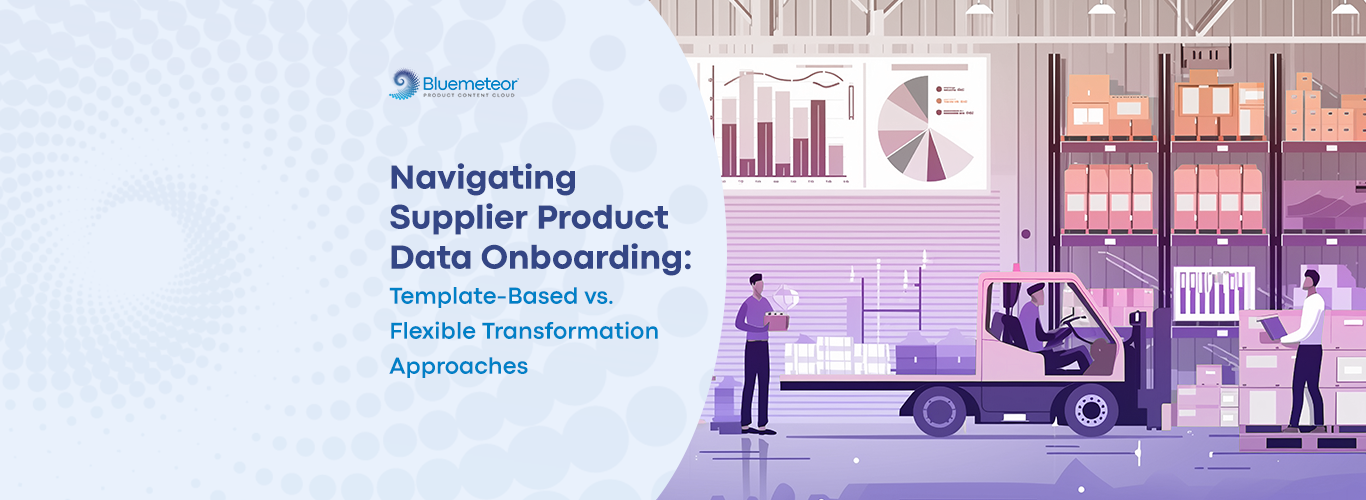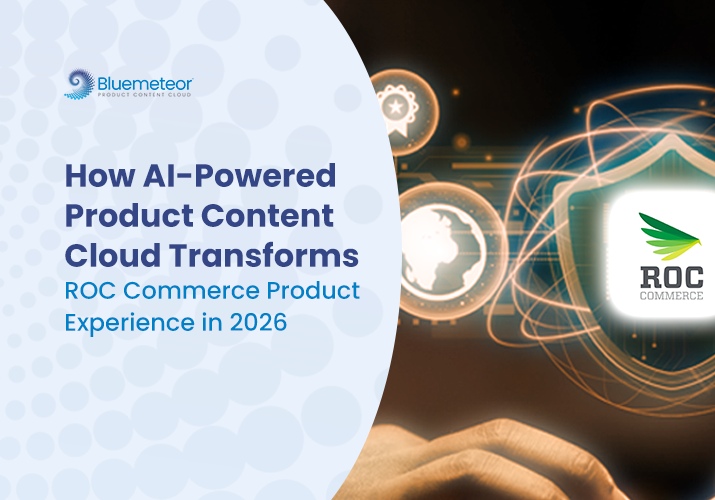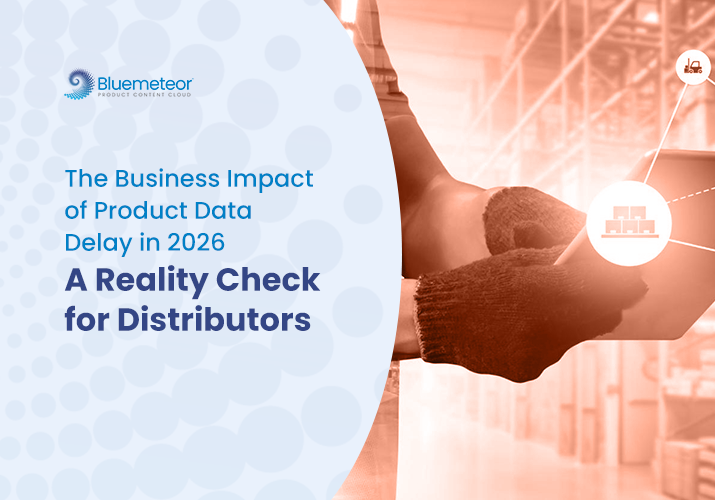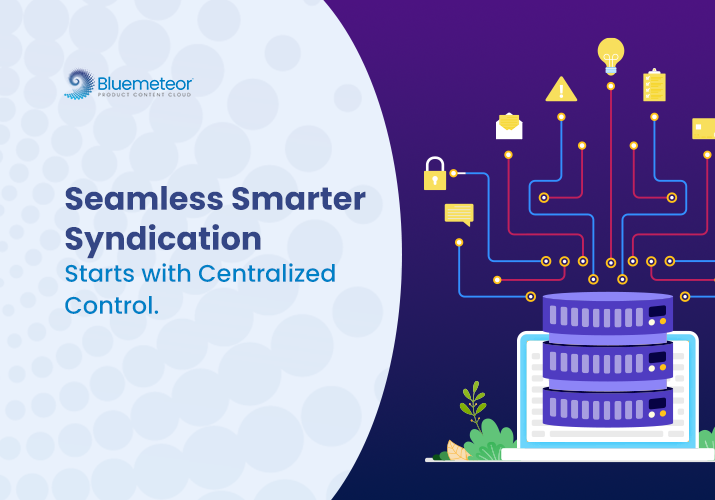Navigating Supplier Product Data Onboarding: Template-Based vs. Flexible Transformation Approaches

In the world of industrial wholesale distribution, an effective strategy for supplier product data onboarding is crucial for maintaining accurate and up-to-date product information.
Distributors rely heavily on this data to manage inventory, update catalogs, and provide accurate information to their customers. However, the process of onboarding product data can vary significantly based on the approach a company takes.
This blog post explores two common strategies: the Template-Based Approach and the Flexible Transformation Approach, both of which play a key role in supplier product data onboarding.
We’ll dive into the benefits, challenges, and considerations of each, helping you decide which is best for your organization.
Understanding the Two Approaches in Supplier Product Data Onboarding
When it comes to onboarding product data, distributors can either require suppliers to conform to a specific template or allow suppliers to send data in any format and transform it internally.
Each method has its advantages and challenges, and the choice between them can have significant implications for efficiency, data quality, and supplier relationships.
- Template-Based Approach
- Flexible Transformation Approach
Let’s explore each in more detail.
1. Template-Based Approach: Standardization for Consistency
The Template-Based Approach requires suppliers to adhere to a specific format when submitting their product data.
Distributors provide a predefined template—often a structured Excel spreadsheet or a digital form—detailing exactly how the data should be organized, which fields are required, and the acceptable formats for each field.
Benefits of the Template-Based Approach
- High Initial Efficiency: If suppliers follow the template correctly, the data received is already standardized and can be integrated into the system with minimal additional processing. This speeds up the initial onboarding process and reduces the risk of errors.
- Data Consistency: By enforcing a uniform structure, the approach ensures that all product information adheres to the same standards, which simplifies downstream processes like data analysis, reporting, and system integration.
- Simplified Compliance Monitoring: With a standardized template, compliance checks become more straightforward, allowing the distributor to quickly identify missing fields or incorrect entries.
Challenges of the Template-Based Approach
- Low Flexibility: Suppliers must adjust their own systems and processes to match the distributor’s template, which can be time-consuming and burdensome. Suppliers may be required to invest in additional resources or software to meet the requirements, leading to potential delays.
- Impact on Supplier Experience: Forcing suppliers to conform can lead to frustration and reluctance, especially if they have to make significant changes to their existing systems. This could strain relationships, particularly if suppliers feel unsupported in the transition process.
- Scalability Issues: As the number of suppliers increases, maintaining consistent compliance becomes more challenging. The distributor must continuously train new suppliers on the template, manage compliance issues, and adjust the template as needed, all of which require time and resources.

2. Flexible Transformation Approach: Adapting to Supplier Product Data Onboarding Needs
The Flexible Transformation Approach offers a different perspective—one that prioritizes supplier convenience. In this method, distributors accept product data in any format suppliers can provide, whether it’s in Excel, XML, CSV, JSON, or even PDFs.
The distributor then transforms this data internally to meet its specific standards using data transformation tools and processes.
Benefits of the Flexible Transformation Approach for Supplier Product Data Onboarding!
- High Flexibility: This approach accommodates various data formats, allowing suppliers to submit information in the way that is most convenient for them. By reducing the burden on suppliers, the distributor fosters stronger and more positive relationships.
- Scalability: Since the system is designed to handle diverse formats, onboarding new suppliers becomes quicker and easier. There’s no need for extensive training or compliance monitoring, as the transformation tools manage the variations.
- Adaptability and Long-Term Efficiency: While the initial setup may be more complex, once the transformation processes are established, they can handle large volumes of data with minimal human intervention. This reduces delays and increases efficiency in the long run.
Challenges of the Flexible Transformation Approach
- Higher Initial Investment: Developing a robust data transformation system requires advanced technology and skilled personnel to build, test, and implement it. This may mean a higher upfront cost compared to the template-based approach.
- Variable Data Quality: Accepting data in diverse formats can initially result in inconsistent quality. However, with well-designed transformation and validation processes, data quality can be standardized over time.
- Complex Compliance Management: Since the data is not uniform from the start, ensuring compliance with data quality standards requires a sophisticated system for validation and enrichment. Automated processes must be set up to detect discrepancies and correct them before data is integrated.

Human Resources: What Does Each Approach Require?
The level of human resources needed to support each approach differs significantly:
- Template-Based Approach: This method requires a dedicated team to train suppliers, enforce compliance, and handle issues or discrepancies. The team must prepare to provide ongoing support as the supplier base grows, increasing both the workload and potentially the team’s size.
- Flexible Transformation Approach: This approach needs personnel with expertise in data transformation, validation, and integration. Skilled professionals handle the initial setup, but automating the system reduces the need for ongoing supplier support. This means the team can be leaner, focusing on system improvements rather than managing supplier interactions.

Choosing the Right Approach for Your Organization
Deciding between the two approaches depends on your organization’s priorities, capabilities, and long-term goals. Here are some questions to consider:
- Will you invest in technology and personnel to handle diverse data formats? If yes, the Flexible Transformation Approach is a strong option. It offers scalability and strengthens supplier relationships.
- Do you prioritize quick onboarding and compliance? If so, the Template-Based Approach ensures consistency and efficiency. This works well if you’re ready to train suppliers and use a simple solution.
- Is supplier experience and engagement central to your strategy? If strong relationships are key, flexibility may be worth the cost. In this case, the transformation approach could be more advantageous.

Conclusion
Both the Template-Based Approach and the Flexible Transformation Approach have their place in the industrial wholesale distribution sector.
Understanding the strengths and challenges of each method can help your organization choose the right strategy. This strategy should align with your operational goals and supplier engagement priorities.
By carefully assessing your resources, supplier base, and long-term vision, you can build a data onboarding process.
This process will streamline operations and enhance your relationships with key suppliers.
If you need guidance on implementing these approaches, we can help. Do you want to explore data transformation technologies? Feel free to reach out to our team of experts. Let’s work together to optimize your product data processes and drive your business forward!
At Bluemeteor, we specialize in helping distributors and manufacturers streamline their product data management through flexible, scalable solutions.
With our experience in the industrial wholesale space, we know the challenges you face and have the tools and expertise to solve them.
Contact us today to learn more about our Product Content Cloud and how it can transform your operations.




